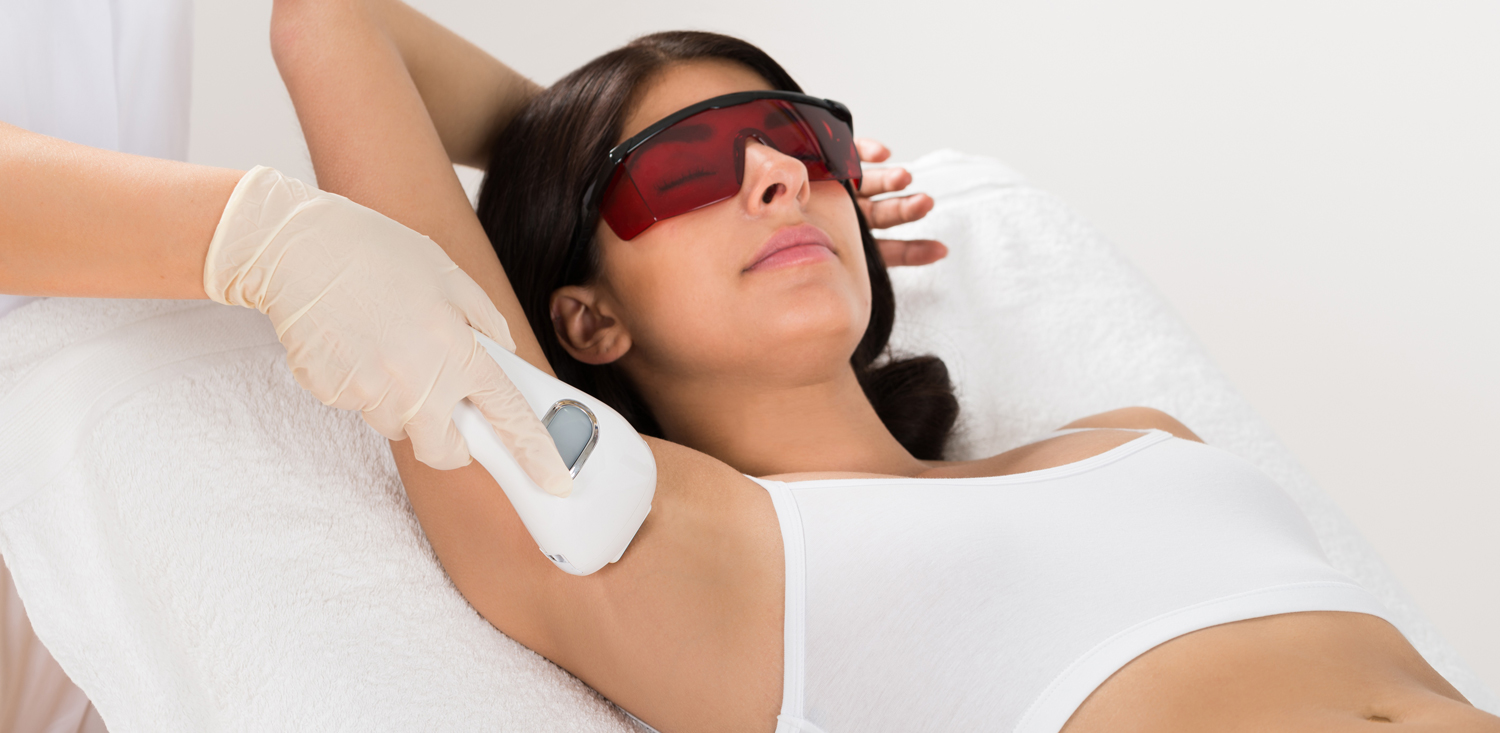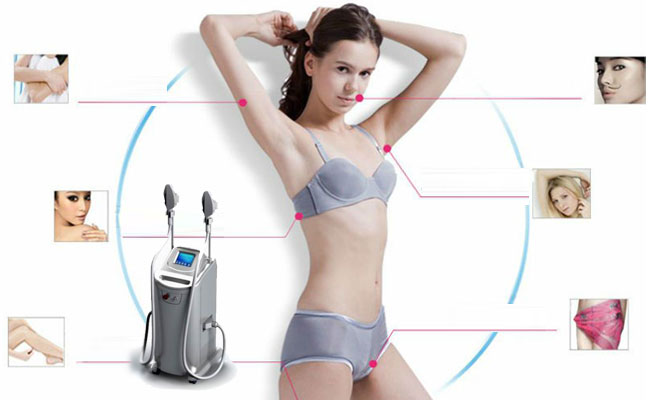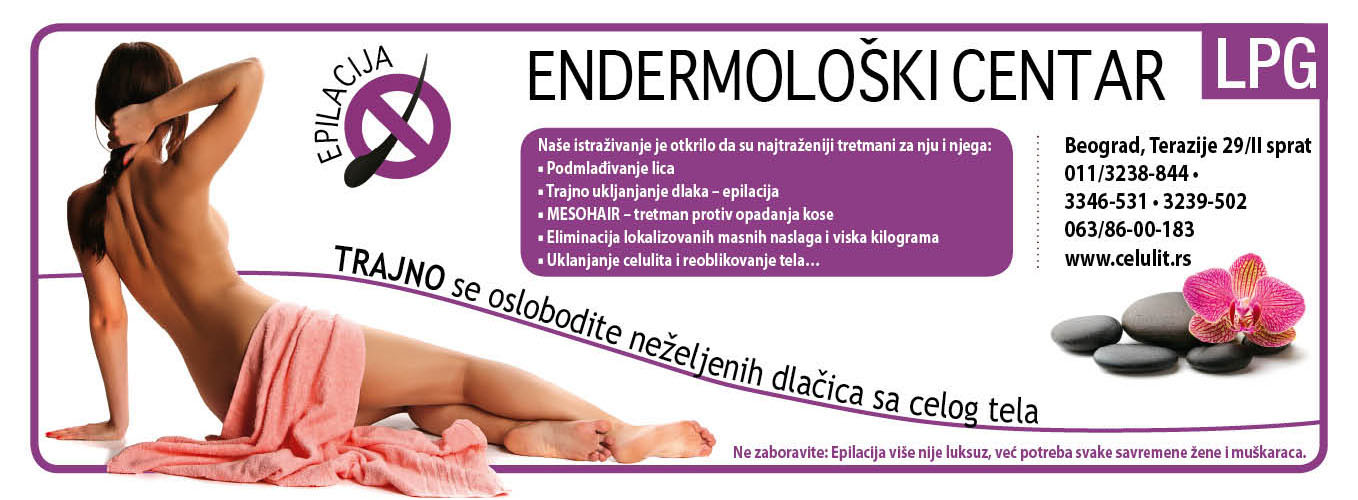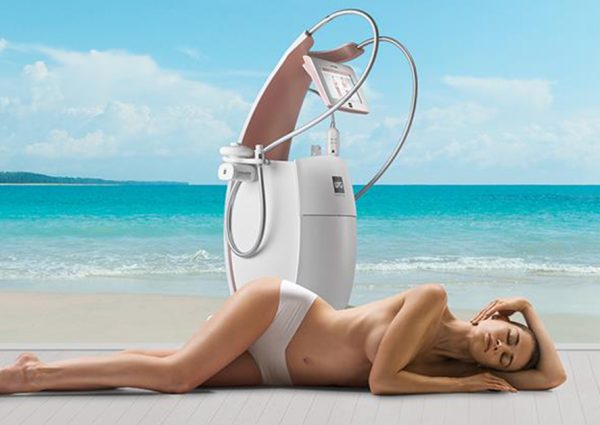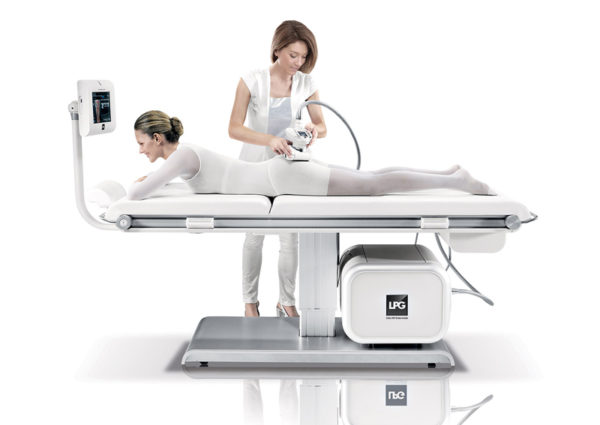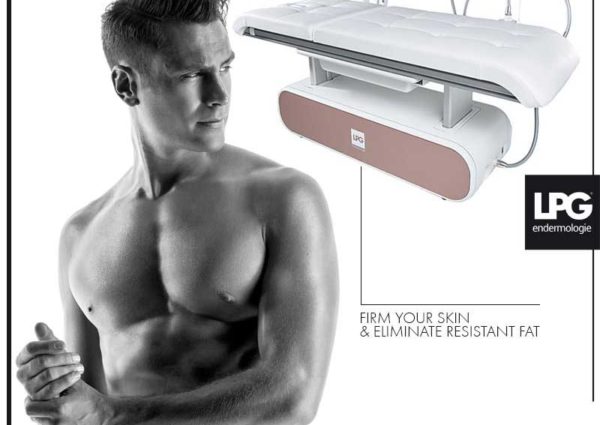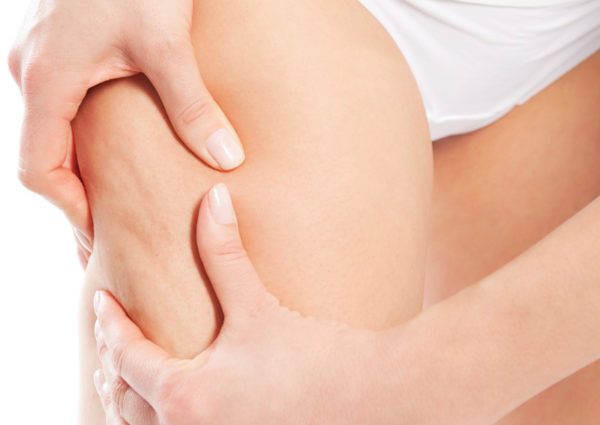IPL – Permanent hair removal new technology
Unwanted hairs are a common problem of both men and women and can often be a cause of frustration and complex
ELOS technology is a unique combination of optical energy of laser (or IPL) and radio frequency that together achieve higher temperatures and more deeply penetrate the skin. Therefore, the lower optical energy in combination with Radiofrequency achieves two to three times better effect than only the optical energy, thereby reducing the risk of possible burns. In addition, due to the fact that the target is not the place acting radiofrequency pigment melanin, ELOS technology is being successfully used for hair removal all types of hair and lighter hair. Treatment of permanent epilation is a method of removing unwanted hair. Part of the energy is converted into thermal energy which is carried to the follicles. The heat developed is sufficient to cause permanent damage to the hair follicles. Given the fact that they are responsible for the appearance of hair, the result is the cessation of their production. Treatment of persistent IPL epilation provides individual results, but it certainly means that the destroyed follicles will never produce hair. Hair removal with IPL is a fast, safe and effective. During one treatment can be treated with large fields (eg, the entirely female body). On increased hair growth affecting the various factors, so it is recommended six to eight treatments.

